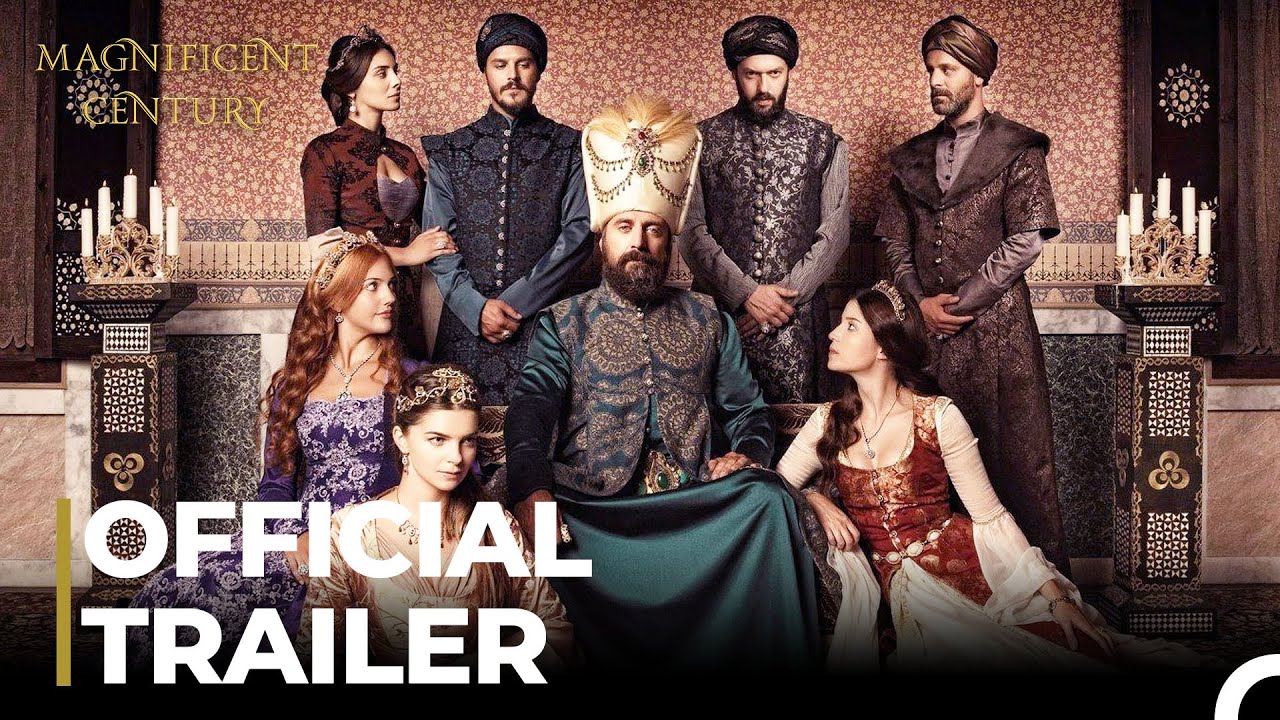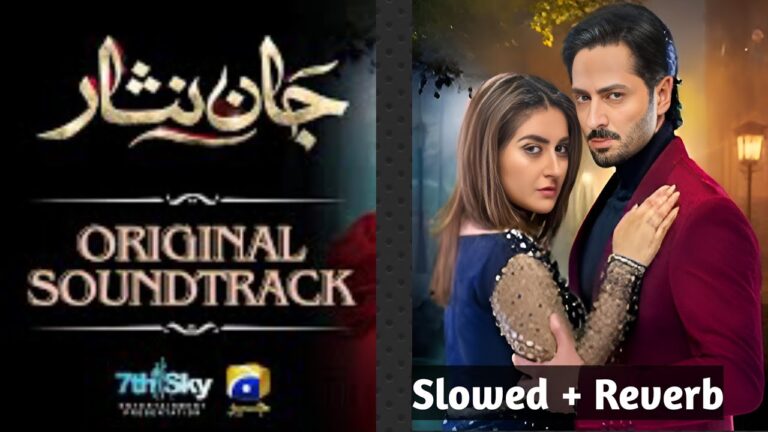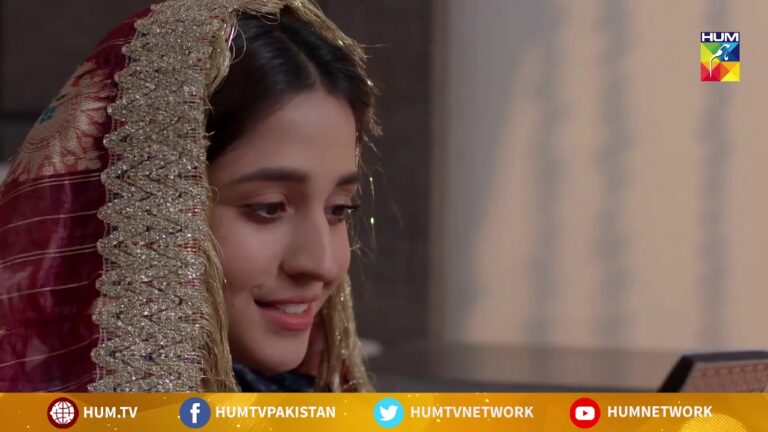The Magnificent Century Drama Review: “The Magnificent Century” (original title: “Muhteşem Yüzyıl”) is a Turkish historical drama series that aired from 2011 to 2014, captivating audiences with its portrayal of the Ottoman Empire’s most significant period under Sultan Suleiman the Magnificent. The series, known for its lavish production values and intricate storytelling, focuses on both the political machinations of the empire and the personal lives within the imperial palace.
Plot and Themes
The series begins with the ascension of Suleiman the Magnificent to the throne of the Ottoman Empire and traces his reign through numerous political and military conquests. However, the heart of the show lies within the walls of the Topkapi Palace, where palace intrigues, love affairs, and power struggles unfold. At the center of these intrigues is Alexandra (later named Hürrem Sultan), a slave who rises to become Suleiman’s legal wife and one of the most powerful women in Ottoman history. Her journey from concubine to queen is filled with passion, manipulation, and intense rivalry, particularly with Mahidevran Sultan, Suleiman’s first consort.
The series also highlights the complex relationships between the members of the imperial family, including Suleiman’s sister Hatice Sultan, his confidant and Grand Vizier Ibrahim Pasha, and his children, especially the ambitious and tragic figure of Şehzade Mustafa.
Character Development
One of the series’ strengths is its character development, particularly of its female characters. Hürrem Sultan, portrayed initially by Meryem Uzerli and later by Vahide Perçin, is a multi-faceted character who evolves from a vulnerable slave to a formidable political strategist. Nebahat Çehre’s portrayal of Hafsa Sultan, the Valide Sultan, adds depth to the show’s depiction of palace life and maternal influence in the Ottoman hierarchy.
Suleiman himself, played by Halit Ergenç, is depicted not only as a mighty ruler but also as a man torn between his duties and personal desires. His relationships with his wives, children, and friends are portrayed with a complexity that humanizes this legendary figure.
Production and Visuals
Filmed largely on location in Istanbul, including the historical Topkapi Palace, “The Magnificent Century” boasts high production values that transport viewers to the splendor of the Ottoman court. The costumes, set designs, and detailed recreations of historical events and places contribute to the series’ immersive experience. The soundtrack, composed by Soner Akalin, Fahir Atakoglu, and Aytekin G. Atas, further enhances the emotional and historical atmosphere of the show.
Reception and Impact
The series has been praised for its storytelling, historical detail, and strong performances, particularly those of Halit Ergenç and Meryem Uzerli. It garnered a massive global audience, with a reported 200 million viewers worldwide, and sparked renewed interest in Turkish history and culture. Despite some criticisms regarding historical inaccuracies and melodramatic elements, the show’s ability to engage audiences with its dramatic narrative and richly drawn characters remains undisputed.
“The Magnificent Century” has also inspired discussions about the portrayal of women in power, the dynamics of the Ottoman harem, and the influence of personal relationships on historical events. Its success has led to a spinoff series, “Muhteşem Yüzyıl: Kösem,” which continues the saga of the Ottoman dynasty through the story of Kösem Sultan.
Historical Context and Setting
“The Magnificent Century” is set during the 16th century, a pivotal era for the Ottoman Empire under Sultan Suleiman I. Known as Suleiman the Magnificent in the West and Suleiman the Lawgiver in the East, his reign marked the zenith of the Ottoman Empire’s political, military, and cultural influence. The series meticulously reconstructs this historical period, showcasing the grandeur of the Ottoman court and the intricacies of its politics and society.
Narrative Structure
The show’s narrative structure is complex and multi-layered, combining historical events with fictionalized personal dramas. It begins with Suleiman’s ascension to the throne and follows his efforts to consolidate and expand the empire. Interwoven with these political and military narratives are the personal stories of the characters within the palace, particularly those of Hürrem Sultan and the other women in Suleiman’s life.
Hürrem Sultan’s Ascendancy
Hürrem Sultan’s character arc is central to the series. Captured and brought to the Sultan’s harem as a slave named Alexandra, she quickly rises in status due to her intelligence, charm, and strategic acumen. Her transformation into Hürrem Sultan is a testament to her resilience and ambition. This journey is fraught with challenges, including rivalries with other concubines, particularly Mahidevran Sultan, and political intrigues that threaten her position and her children’s futures.
Power Dynamics and Intrigue
The series excels in portraying the power dynamics within the Ottoman court. It delves into the roles and influences of different characters, such as Ibrahim Pasha, the Grand Vizier, and Hatice Sultan, Suleiman’s sister. The relationships among these characters are complex, marked by loyalty, betrayal, love, and enmity. Ibrahim Pasha’s friendship with Suleiman and his eventual downfall illustrate the precarious nature of power in the Ottoman court.
Visual and Aesthetic Appeal
Visually, “The Magnificent Century” is a feast for the eyes. The costumes are intricately designed, reflecting the opulence of the Ottoman Empire. The sets are grand, and the series makes extensive use of actual historical locations in Istanbul, such as the Topkapi Palace, adding authenticity to the portrayal. The attention to detail in the props and settings helps to immerse viewers in the historical period.
Music and Soundtrack
The series’ soundtrack plays a crucial role in setting the mood and enhancing the storytelling. The music, composed by Soner Akalin, Fahir Atakoglu, and Aytekin G. Atas, blends traditional Turkish instruments with modern orchestral arrangements. The themes associated with different characters and events add emotional depth and help to underscore the dramatic moments in the narrative.
Cultural Impact and Legacy
“The Magnificent Century” has had a significant cultural impact, both in Turkey and internationally. It has sparked interest in Ottoman history and has been credited with revitalizing the Turkish television industry. The show has been broadcast in numerous countries, introducing global audiences to Turkish historical dramas. Its success has paved the way for other Turkish series and has contributed to the growing popularity of Turkish television abroad.
Criticism and Controversy
Despite its popularity, the series has not been without controversy. Some historians and critics have pointed out historical inaccuracies and anachronisms in the portrayal of events and characters. There have been debates about the romanticization of certain historical figures and the dramatization of events for entertainment purposes. Additionally, the depiction of the harem and the lives of women in the Ottoman Empire has sparked discussions about gender roles and historical representation.
Character Arcs and Relationships
The development of the characters is one of the show’s strongest aspects. Suleiman’s character is portrayed as both a powerful ruler and a man with personal vulnerabilities. His relationship with Hürrem is central to the story, evolving from passionate love to a deep, strategic partnership. The complex dynamics between Hürrem and other key figures, such as Mahidevran and Ibrahim Pasha, drive much of the drama and intrigue in the series.
Writing and Dialogue
The writing in “The Magnificent Century” balances historical narrative with personal drama. Meral Okay, the primary writer for the first two seasons, crafted dialogues that reflect the formal speech of the time while making it accessible to modern audiences. The script often explores themes of power, loyalty, and betrayal, and the dialogues are crafted to highlight the internal and external conflicts faced by the characters.
Conclusion
“The Magnificent Century” stands out as a landmark in historical television dramas, blending historical accuracy with dramatic storytelling to create a compelling portrayal of one of history’s most powerful empires. Its success is due to its intricate character development, high production values, and the ability to engage audiences with its portrayal of the personal and political intrigues of the Ottoman court. The series not only entertains but also educates viewers about a significant period in history, making it a must-watch for fans of historical dramas.










+ There are no comments
Add yours